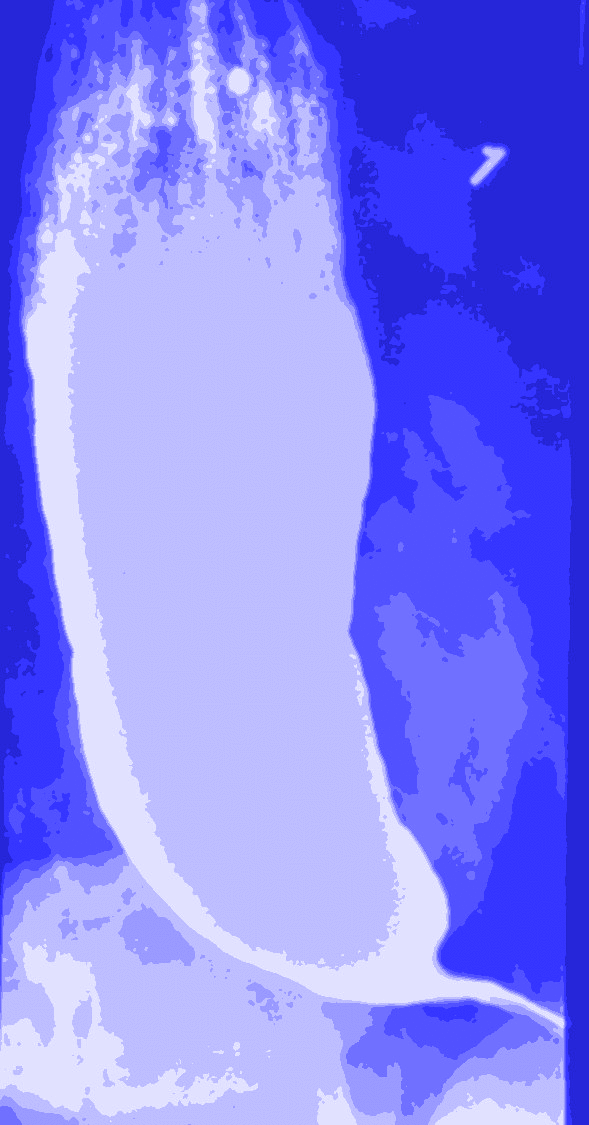3 Types of Achalasia
The literature states that type 2 is thought to be an earlier manifestation of Type 1 and type 3 may be something entirely different.
"Type I achalasia may represent a later stage of type II achalasia. Type III was rather rare, mainly found in the elderly and relatively responsive to medical therapy, and these findings suggest that it should be a different entity from those of type I and II."
http://www.ncbi.nlm.nih.gov/pmc/articles/PMC3816183/
The issue of progression is discussed in the quote below. If type 2 progresses to type 1 based on increased destruction of the nerves (Myenteric plexus), then what is type 3? And shouldn't we call type 1 the earlier phase and type 2 the next phase? Why they did it this way is just another example to me of medical obfuscation.
" Controversy remains with respect to whether these achalasia subtypes correctly represent distinct motor disorders or are simply different points in the progression from a healthy esophagus to end stage achalasia.21 However, type III achalasia with higher esophageal pressure and normal upper gastrointestinal endoscopy and normal esophagogram findings, shows poor treatment outcomes in PD and LHM.9,10,15"
http://www.ncbi.nlm.nih.gov/pmc/articles/PMC3816183/
In the next quote the authors state that they think that it is unlikely that type 3 represents an early stage of the disease. What if they are wrong?
Furthermore, as the mean age of type III achalasia is older than the other subtypes, the possibility that type III achalasia represents an early stage of the disease is low."
http://www.ncbi.nlm.nih.gov/pmc/articles/PMC3816183/
The quote below says that in type 3 the muscles contract, but "there is severe discoordination between the 2 muscle layers." This would indicate a neurological connection issue, not a tissue destruction issue.
"Among the 3 subtypes of achalasia, longitudinal muscle contraction and sufficient circular muscle excitation are preserved in type II achalasia, sustaining some degree of esophageal body compression.22 Therefore, type II achalasia shows good treatment response by LES pressure reduction. On the other hand, in type III achalasia, both circular and longitudinal muscles contract, but there is severe discoordination between the 2 muscle layers.23"
http://www.ncbi.nlm.nih.gov/pmc/articles/PMC3816183/
In type 3, there is some normal peristalsis...
"In type 3 achalasia patients, bolus transport along the esophagus occurred in a peristaltic manner (ahead of the simultaneous pressure wave)...."
http://www.ncbi.nlm.nih.gov/pmc/articles/PMC2950263/
And some normal emptying (relaxation of the LES)...
"...in type 3 achalasia patients esophageal emptying of liquids occurred with most of the swallows..."
http://www.ncbi.nlm.nih.gov/pmc/articles/PMC2950263/
"... and flow across the EGJ occurred with 72 % of 32 swallows recorded in 4 patients (range 3-8 swallows per subject). Flow across the EGJ occurred during swallow-induced incomplete EGJ relaxation during the initial part of the esophageal pressurization."
http://www.ncbi.nlm.nih.gov/pmc/articles/PMC2950263/
"Interestingly, at least based on the impedance recordings esophageal transit appears normal (personal observation) in type III achalasia with spastic type of contraction."
http://www.ncbi.nlm.nih.gov/pmc/articles/PMC3644649/
So, what does this all mean? Might type 3 be an early manifestation of the disease that some of us experience? And, although painful, an opportunity to address disease progression before complete destruction of the myenteric plexus?


